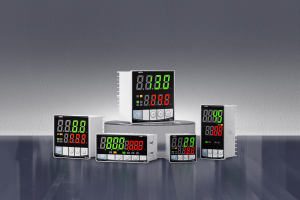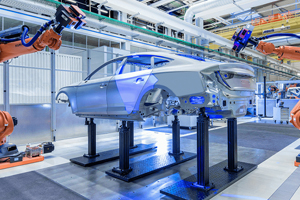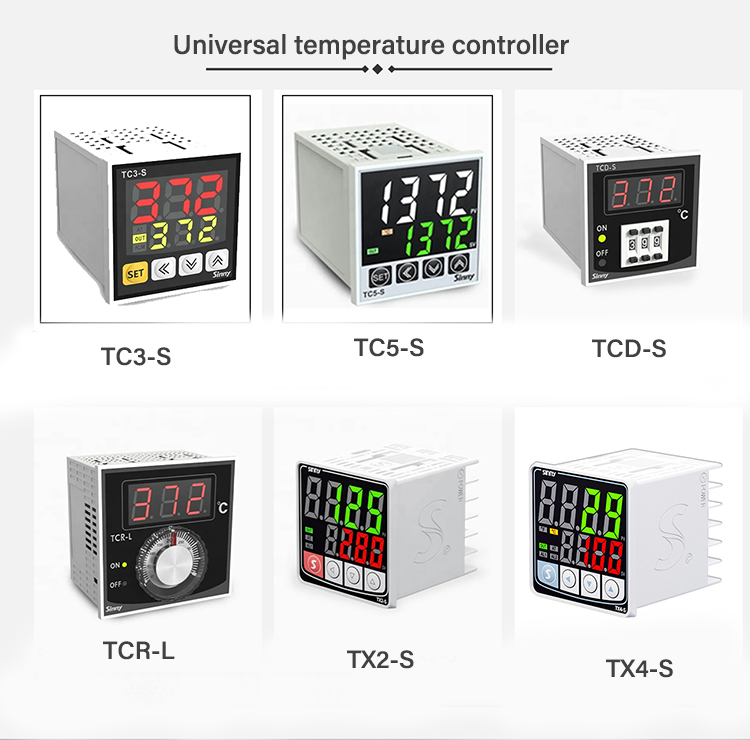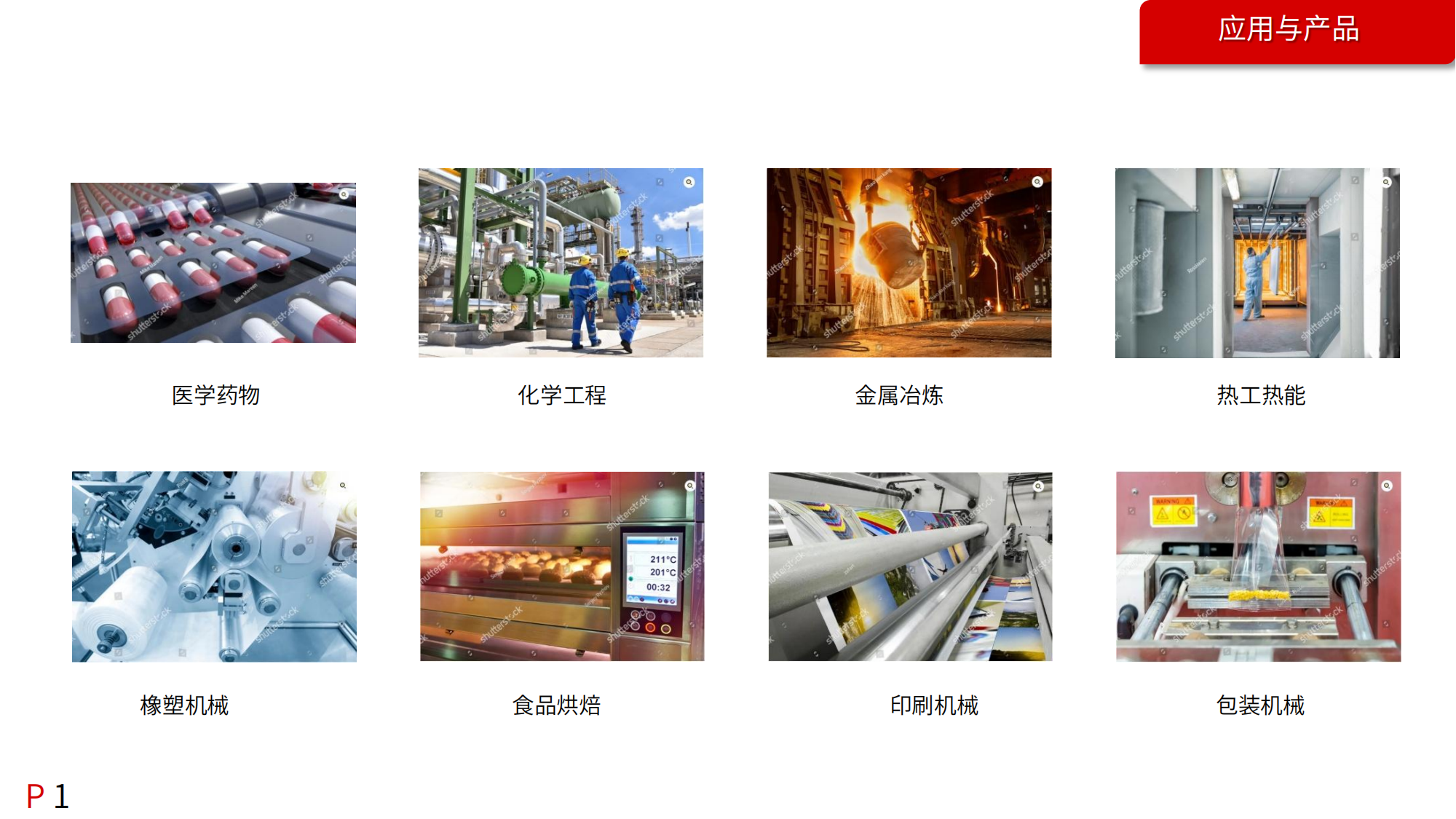Understanding PID temperature control: Basics, tuning & practical applications
Learn PID temperature control, including principles, tuning methods, Arduino implementation, industrial applications, benefits, limitations and advanced alternatives. Guide with expert references.
Precision Engineering Thermal Systems
(H1)
Introduction to H2
The regulation of temperature is an important part of many industrial processes, including consumer electronics and scientific ones. Among control strategies, the Proportional-Integral-Derivative (PID) controller stands as the most widely adopted solution due to its robustness and adaptability. This guide examines the mathematical basis, implementations in practice, tuning methods, and innovations that have evolved with PID controls for thermal systems. This resource combines theoretical knowledge with practical applications to provide engineers, DIY enthusiasts, and students authoritative information on temperature control.
1. Basics of PID Control H2
The PID controller will adjust the output power (i.e. heater) dynamically based on error. This is due to the difference between setpoint temperature and actual temperature. This error is minimized by three distinct terms
Proportional Term (P): Produces an output that is proportional to the error. The larger the error, the stronger will be corrections. However, it may lead to overshoot.
Integral Term (I): Removes persistent offset (steady state error) by adding up past errors. Integral gain is excessive and can cause oscillations.
Derived (D) Terms: This term predicts future errors trends by analyzing the rate at which they change. It dampens system response, and reduces overshoot. A potential disadvantage is noise amplification.
1.2. Mathematics Formulation (H3)
Calculate the PID output, u(t), as follows:
Fu Zhi Dai Ma
u(t) = K_p * e(t) + K_i * e(t)dt + K_d * (de(t)/dt)
Gains tunable for terms P, I and D respectively.
e(t): Instantaneous error (Setpoint - Current Temperature).
E(t)dt : integral of historical error.
De(t)/dt : Rate of Change (Derivative) of Error.
Theory: Wikipedia - PID controller
2. Applications in the Practical World (H2)
The PID controller excels in multiple thermal management scenarios
2.1. Industrial Systems (H3)
Chemical Process: Maintaining exact reactor temperatures to optimize reaction kinetics.
Food production Regulating Ovens, Pasteurizers and Fermentation Chambers.
Manufacturing : Controlling the temperatures of plastic extrusion barrels and heat treatment furnaces.
2.2. Consumer Electronics
HVAC System: Optimization of energy consumption in smart thermostats
3D printers: Ensure stable temperatures at the nozzles and beds for good print quality.
Electric Vehicles : Battery Thermal Management Systems
2.3. DIY & Prototyping - H3
Use Arduino and Raspberry Pi to build temperature chambers for aquariums, sous vide cookers, or even heaters.
Industry Application Reference Practical Control Engineering
3. PID Tuning (H2)
The tuning of K_i and K_d (the K_p values) can make a huge difference to performance.
3.1. Empirical Techniques (H3)
Ziegler Nichols (Open Loop): Measures the process reaction dynamics to determine initial gains.
Ziegler Nichols (Closed Loop). Increases K_p up until oscillation is sustained, and then calculates gain based on this oscillation period.
Cohen - Coon is effective for processes that have significant delays.
3.2. Modern Approaches
Autotuning : A feature integrated into commercial controllers that uses relay feedback and step tests.
Simulation Software: MATLAB/Simulink and other tools can simulate system behaviour before tuning.
3.3. Common Tuning Challenges (H3)
Overshoot : Insufficient or excessive K_d.
Low K_p and K_i.
Oscillations : high K_i and low K_d.
Sound Sensitivity : Increased K_d amplifier noise.
Tuning Reference: PID Loop Tuning Fundamentals - Control Global
4. Microcontroller Implementation (e.g., Arduino) (H2)
The embedded systems are cost-effective for PID deployment.
4.1. Hardware Setup H3
Sensor : LM35, DS18B20 or thermocouple with amplifier.
Actuator Solid-state relay for heating, fan driven by PWM.
controller: Arduino uno/Raspberry Pi
4.2. Software & Libraries
Use established libraries such as Arduino PID_v1 to simplify implementation.
Basic structure of pseudocode:
Cpp
Fu Zhi Dai Ma
Setpoint = TargetTemp
Input = ReadTemperatureSensor();
PID.Compute(); // Calculates Output using Kp, Ki, Kd AnalogWrite(HeaterPin, Output); // Adjusts actuator
Implementation reference: Arduino Library - GitHub
5. Benefits and Limitations of H2
5.1. Key Benefits (H3)
High Precision: Minimizes steady-state error via integral action.
Robustness : Works reliably on diverse systems.
Simple is proven by industry adoption.
5.2. Noteable Limitations
Nonlinear Systems : The performance of systems with nonlinear dynamics or highly nonlinear processes is reduced.
Complexity of Tuning Manual tuning requires expertise and time.
Noise Sensitivity: Derivative term amplifies high-frequency sensor noise.
Comparison Reference: PID vs. ON/OFF Control - Omega Engineering
6. Advanced Alternatives and Future Trends, H2
Although PID is still dominant, new techniques are emerging to address the limitations of this technology.
Fuzzy logic control: Uses heuristic rule ("IF the temperature is low, increase power") to non-linear system.
Model-Predictive Control (MPC).: Uses dynamic processes models to optimize future control actions.
PID with adaptive algorithms: The algorithm automatically adjusts gains to respond to changes in process conditions.
AI Driven Control: neural networks that learn optimal control policies based on operational data.
IEEE Intelligent PID Control Advanced methods Reference
Conclusion The PID control of temperature is essential for industries as well as hobbies to achieve precision thermal management. The synergistic blend of integral, derivative, and proportional actions is its strength. It balances immediate corrections, historic error elimination, as well as anticipatory changes. Although tuning is a complex process, tools like simulations, established methods, and automatic tuning capabilities can streamline the deployment. Hybrid approaches that combine PID and fuzzy logic with AI or AI will improve performance as technology progresses. Arduino platforms are accessible and provide invaluable insight to this fundamental control paradigm.























